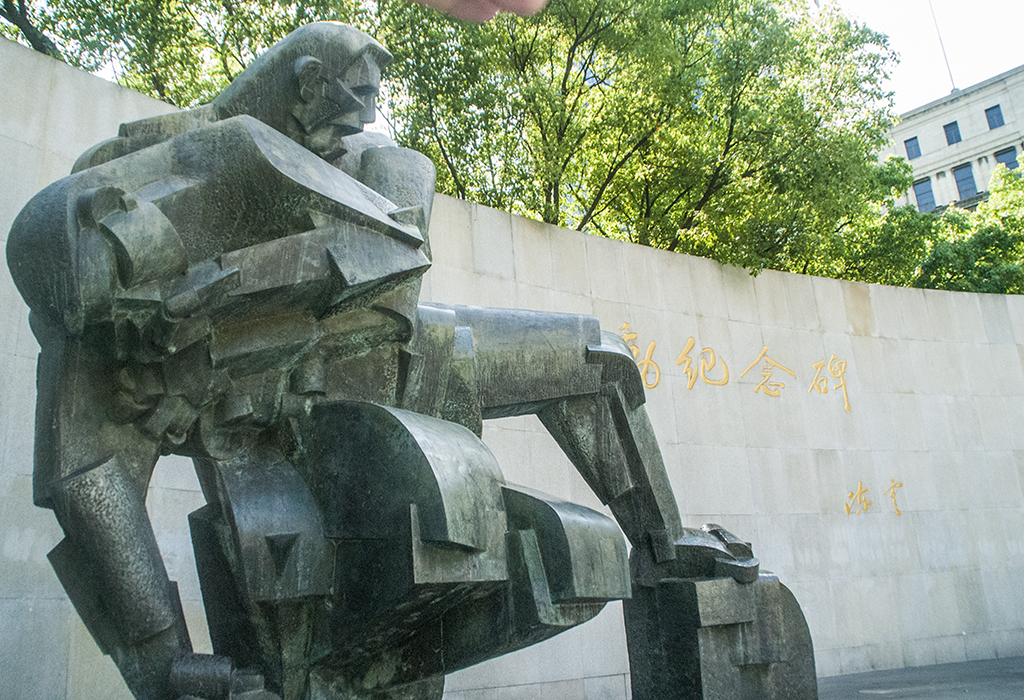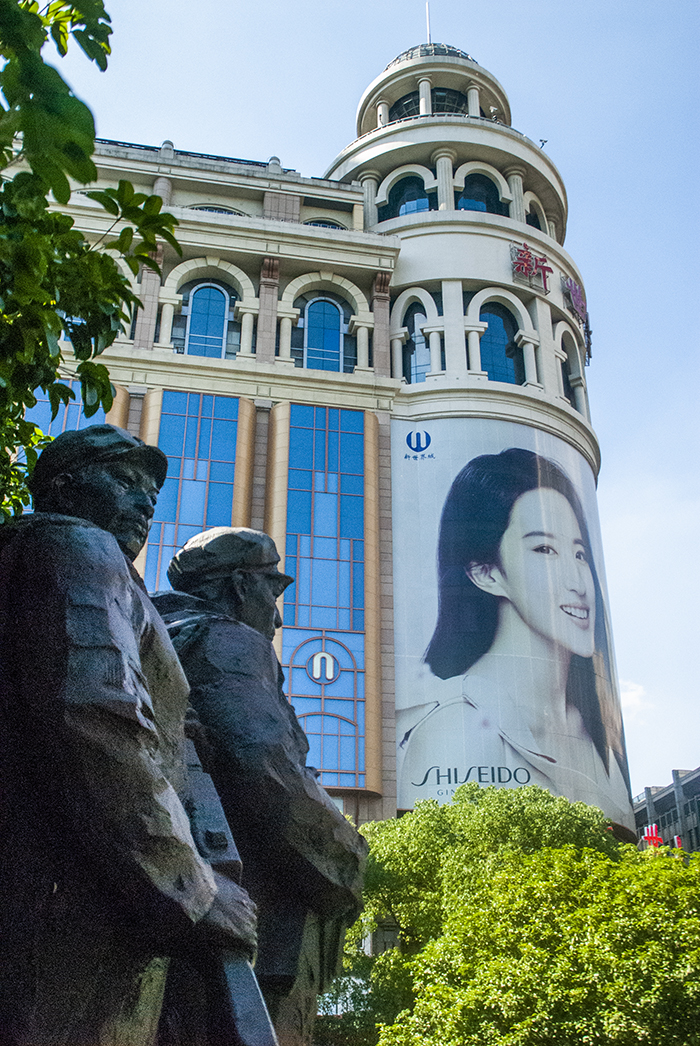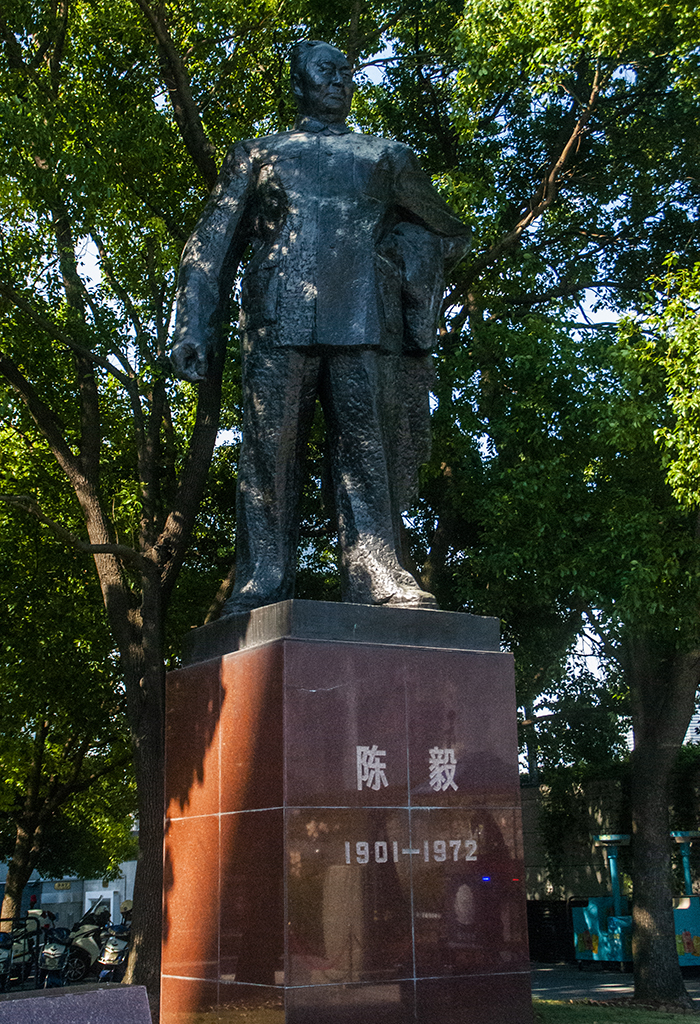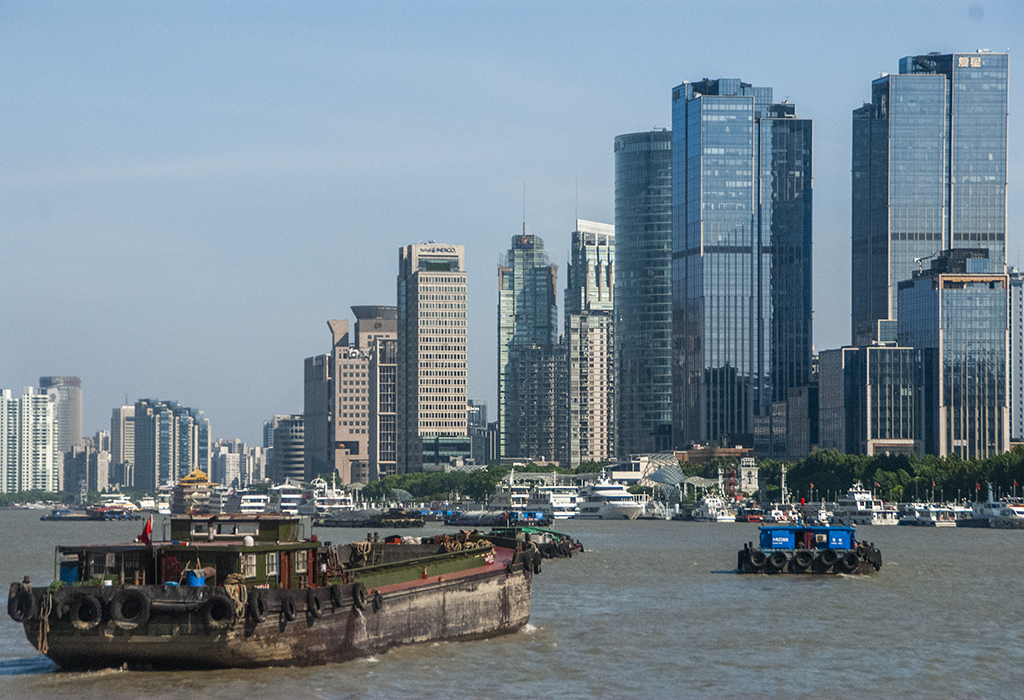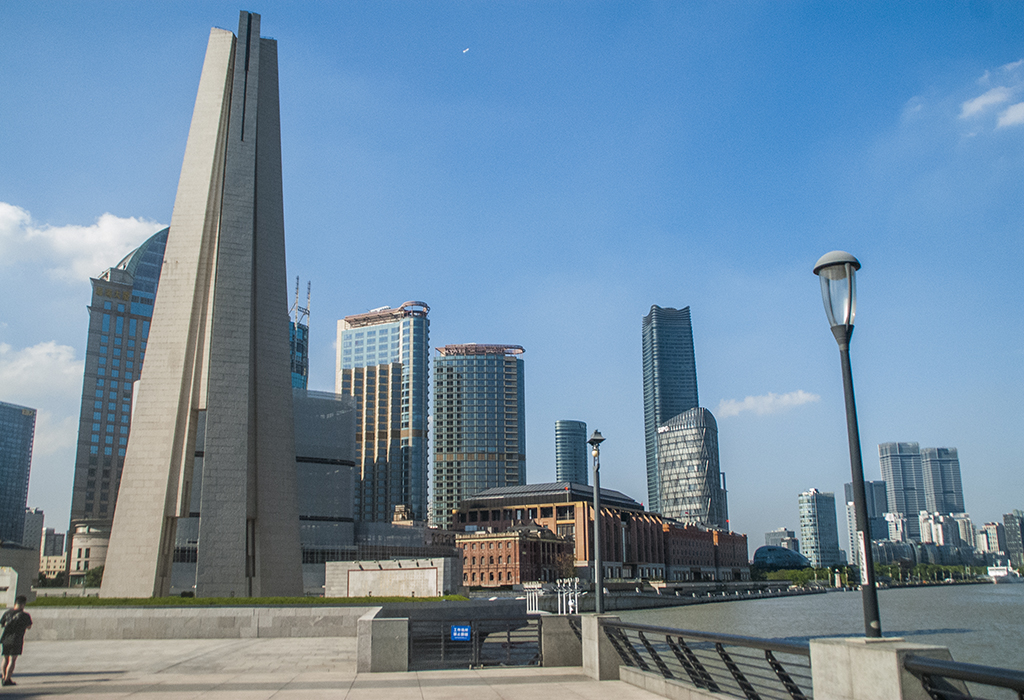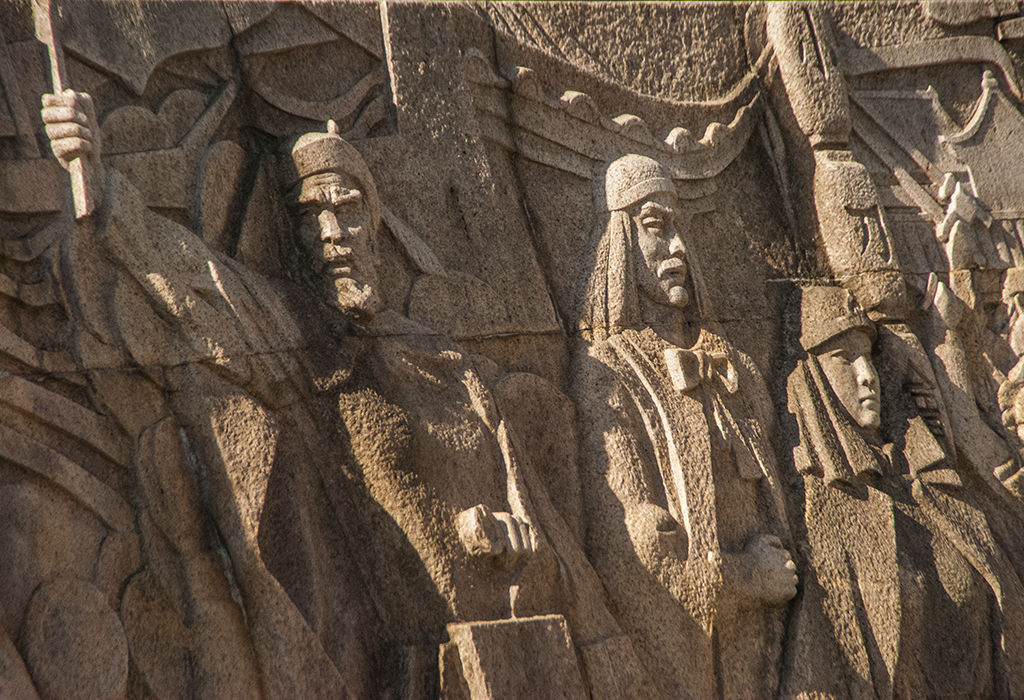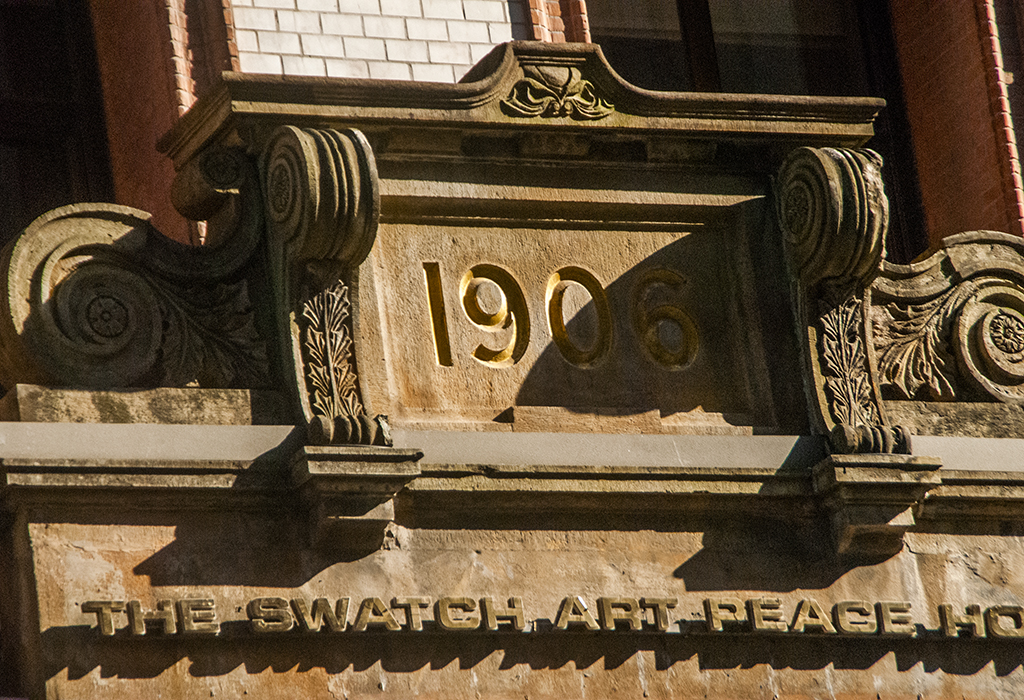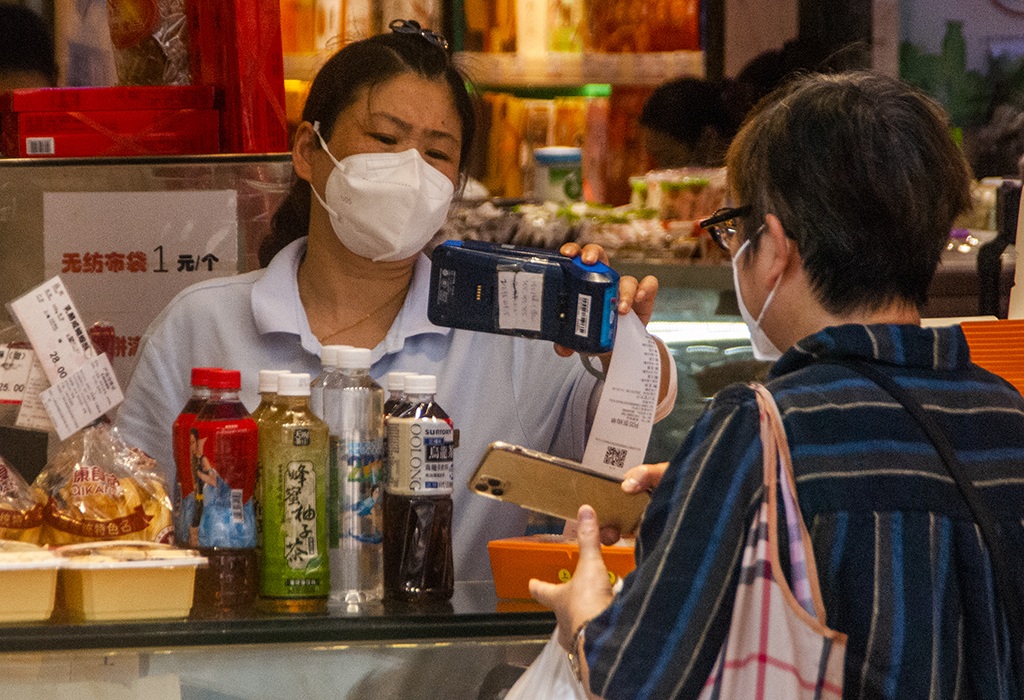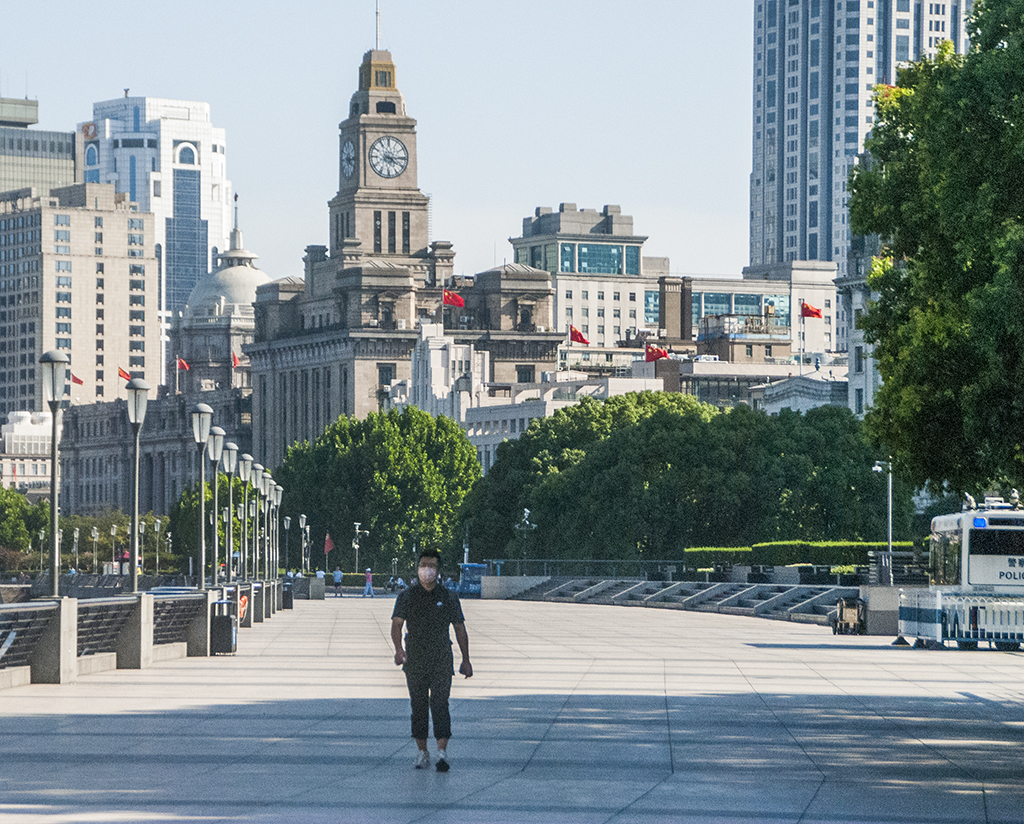
You can't miss the Bund in Shanghai!", was the first suggestion of the veterans in China when my mandatory quarantine as an outsider ended. So, at high noon, a few of us ventured out to walk under the inclement June sun along this promenade stretching 1.6 kilometers along the west bank of the Huangpu River, crisscrossed all the time by medium-sized ships and barges laden with aggregates. Its location is on all the maps and, even inside the city, the traffic signs of its avenues indicate over and over again how to find it.
Shanghai, China. - In front, the picture is completed with an impressive view of the emblematic buildings of the financial district of Pudong: the Shanghai World Financial Center, one of the largest skyscrapers in the world, with its 492 meters high; and the Jin Mao towers, and the Pearl of the Orient television tower. In their shapes, they all seem to be put together at will by the hands of a colossal infant.
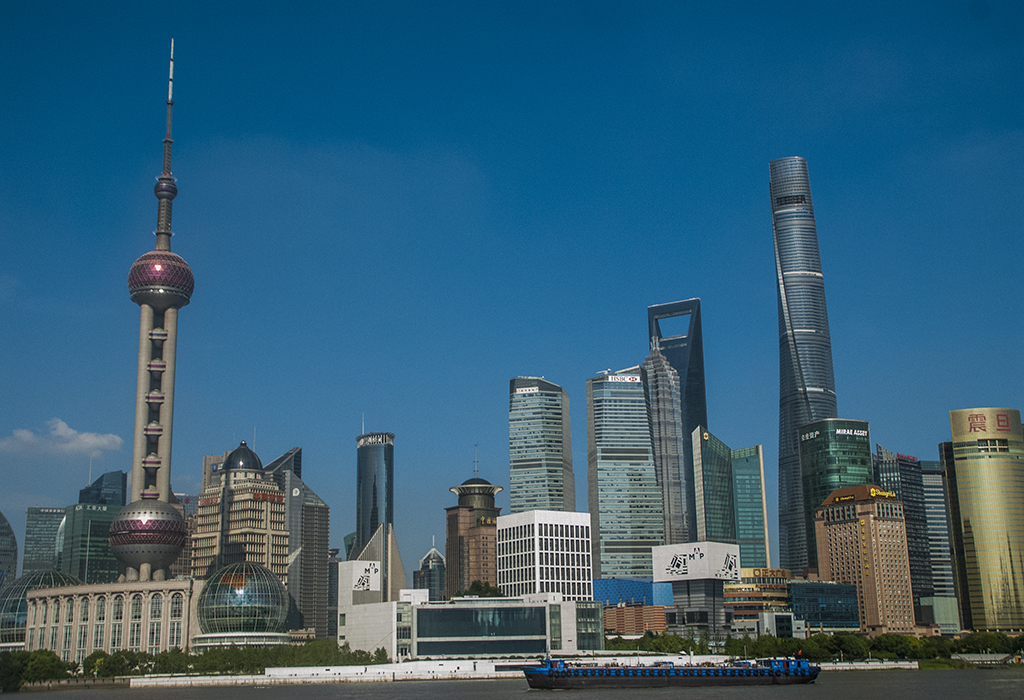
It is summer and the heat is felt as soon as you set out along Nanjing Road. This is a pedestrian thoroughfare that begins at the People's Square, a green park centered on the May 30, 1925 Martyrs' Monument, which pays tribute to the fallen students in this area, massacred by the local police while protesting against foreign interference.
During the contemporary tour, one can appreciate stores of exclusive brands of clothing, cosmetics, or cell phones, as well as simple light food stores and the occasional residential building, on whose balconies the tenants hang clothes to dry them in the sun. Passers-by take refuge in the shade and mitigate the 34 degrees Celsius ambient temperature with fans, small portable fans, umbrellas, hats, and plenty of water. In commercial establishments, sales clerks gather in front of larger air conditioning units, coupled with tubes that emit cold air.
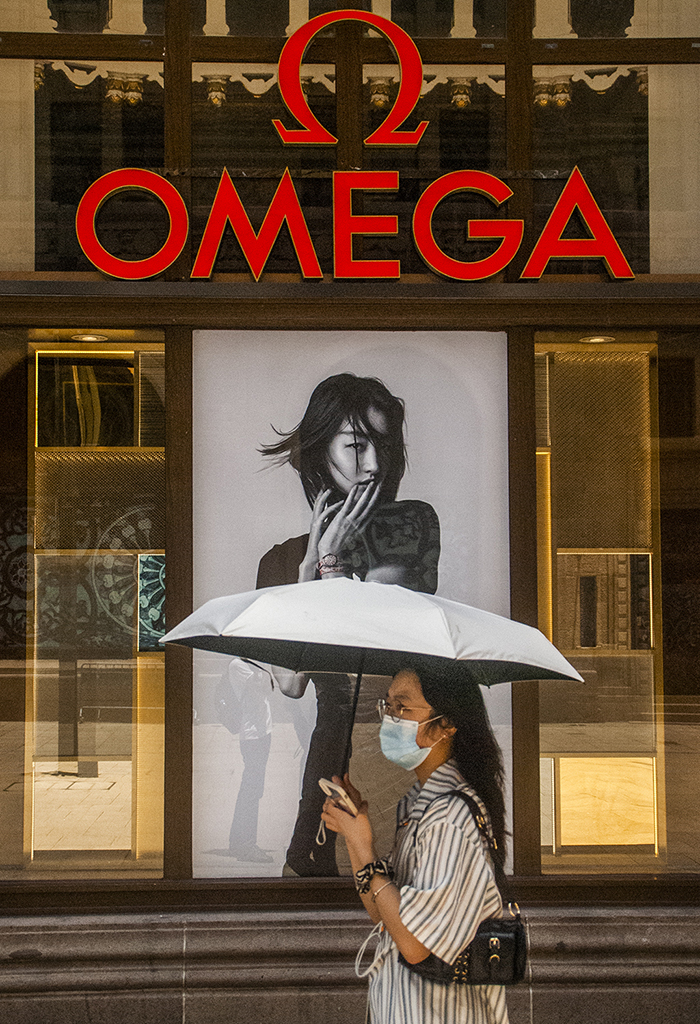
In the cross streets, fast electric motorcycles often drive around, ignoring the red lights at crosswalks, forcing the passerby to be very attentive.
During the afternoon, the shade opens the way for more walkers. Small electric trains run for tourists. While policemen watch from their elevated posts. Beyond, an elderly man in a yarey hat parsimoniously fixes a broken section of the floor slabs, completely oblivious to the people who are often also engrossed in their cell phones.
At the end opens the Bund, a term that can be interpreted as "outdoor beach," expanded along an eastern section of Zhongshan Road. As dusk falls, this space becomes busier with domestic and foreign visitors strolling up and down it. Entire families, lone walkers, and girls celebrating their fifteenth birthday or newlyweds arrive accompanied by their entourage to have their pictures taken.
More than fifty buildings stand there, most of them luxury hotels or monumental bank headquarters that, with each floor and a bull sculpted by the same author as the one on New York's Wall Street, boast the power of a city that for more than a century has been the economic face of China.
The Hong Kong and Shanghai Bank Building, built in 1923, and the Customs House, built in 1927, from whose tower the chimes continue to mark the time, rise haughtily here.
European financial institutions began to appear in this part of the city in the mid-19th century and, above all, at the beginning of the 20th century. They did it "the hard way" one could say; because they arrived protected by the English bayonets that defeated the Chinese empire of that time in the two opium wars, forcing it to open this port to foreign trade. Today, many of them remain, but articulated with the local economy, after the process of opening and reform initiated in the second half of the 1970s.
At its northern end, the Waibaidu Bridge over the Wusong River, now 100 years old, marks the end of the Bund, just before reaching the Russian Consulate, which is currently undergoing a complete renovation that obscures its architecture and beautiful red roof.
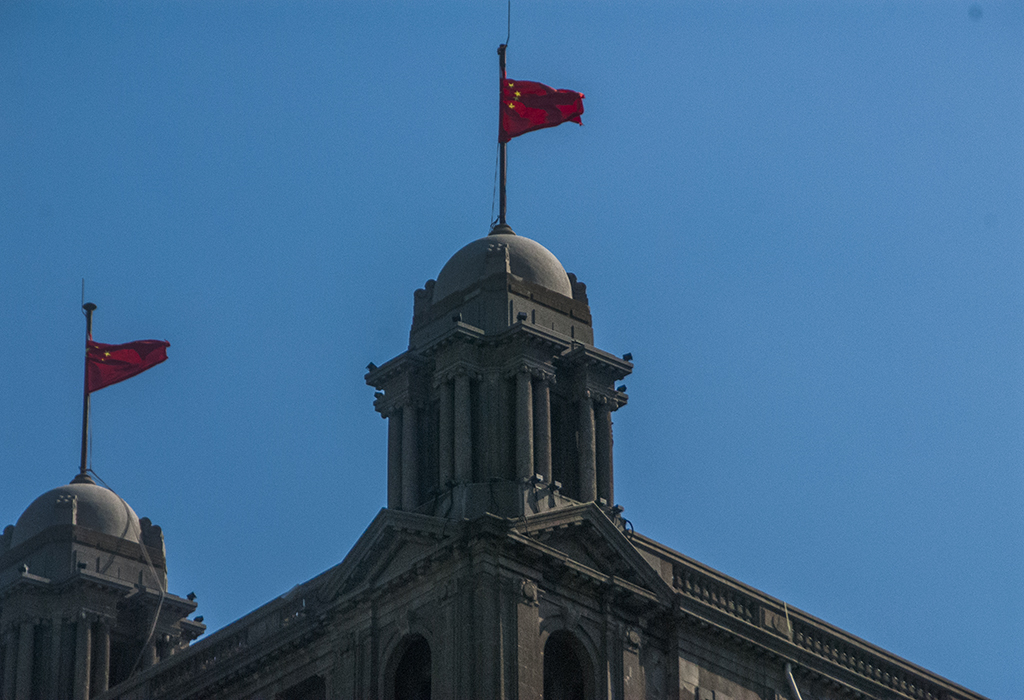
Symbols are important and often say more than a thousand words. They also do so in the most famous place in Shanghai. The numerous flags of the People's Republic of China flying on the roofs of its eclectic buildings; the bronze statue of Chen Yi, the first communist mayor of this city; and the imposing Monument to the People's Heroes, a concrete ensemble more than 20 meters high, which evokes the memory of those who gave their lives for the freedom of the town, send a clear message: what they call here the Century of Humiliation, that period of invasions and occupations after the two opium wars and the Boxer uprising, is definitively behind us. That which was felt within Chinese society as what they call the death of a thousand pieces.
Today those signs speak as loudly as the red flags swaying in the wind: the orders do not come from the palaces and bureaus of the West; the rules have been set by the Chinese for some time now.
